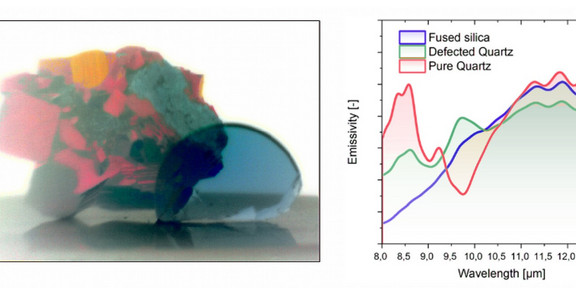Hyperspectral Imaging and Microscopy
- Kolloquium

Hyperspectral Imaging and Microscopy
Spectral imaging, also known as imaging spectroscopy, refers to methods and devices for acquiring a complete light spectrum for each point in the image of a scene. It provides much richer information with respect to standard imaging, enabling to identify materials or detect dynamical processes. Spectral imaging has been applied to a wide range of scientific investigations, such as remote sensing, pigment determination in biology, medicine, coastal ocean imaging, water analysis, agriculture, cultural heritage and archaeology, just to cite a few. In particular, hyperspectral imaging aims at acquiring the whole continuous spectrum of each point of the scene. A powerful approach to this aim is to combine classical imaging with Fourier-transform spectrometry [1].
In this talk, I will describe the main properties of the spectral imaging and the current acquisition approaches. I will also show the most recent advancements obtained at the Istituto di Fotonica e Nanotecnologie (IFN-CNR), based on an innovative optical device [2]. Our compact hyperspectral system is able to acquire spectral reflectance and fluorescence images with high sensitivity, broad spectral coverage and high spectral resolution. Examples of hyperspectral remote-sensing and
microscopy images will be provided and discussed [3].
References
[1] S.P. Davis, M.C. Abrams, and J.W. Brault, Fourier Transform Spectrometry (Academic Press, 2001)
[2] D. Brida, C. Manzoni, and G. Cerullo, “Phase-locked pulses for two-dimensional spectroscopy by a birefringent delay line,” Opt. Lett. 37,
3027-3029 (2012)
[3] A. Perri, B. E. Nogueira de Faria, D. C. Teles Ferreira, D. Comelli, G. Valentini, F. Preda, D. Polli, A. M. de Paula, G. Cerullo, and C.
Manzoni, “Hyperspectral imaging with a TWINS birefringent interferometer,” Opt. Express 27, 15956-15967 (2019)










